7 Spicy Secrets of Dried Tomatoes: From Kitchen Staple to Flavor Bomb!
Welcome, spice enthusiasts and kitchen alchemists! Today, we're diving into the sun-drenched world of dried tomatoes. Not just your average pantry item — these little red gems are flavor powerhouses with a spicy twist. Whether you're a pro chef or a weekend griller, this guide will turn your dried tomatoes from a basic ingredient into a culinary secret weapon.
Table of Contents
- What Exactly Are Dried Tomatoes?
- Why They’re More Than Just a Snack
- The Difference Dehydration Makes
- How to Choose the Best Dried Tomatoes
- Spice It Up: Pairing Dried Tomatoes with Heat
- Recipes You Won’t Regret Trying
- Storage Hacks: Keep Your Dried Tomatoes Fresh & Fiery
- Fun Facts: Tomato Trivia That’ll Blow Your Mind
What Exactly Are Dried Tomatoes?
Dried tomatoes are simply fresh tomatoes that have had most of their water content removed through sun drying, oven baking, or using a dehydrator. This process concentrates their flavors and gives them a chewy texture that’s perfect for snacking, cooking, and even infusing oils.
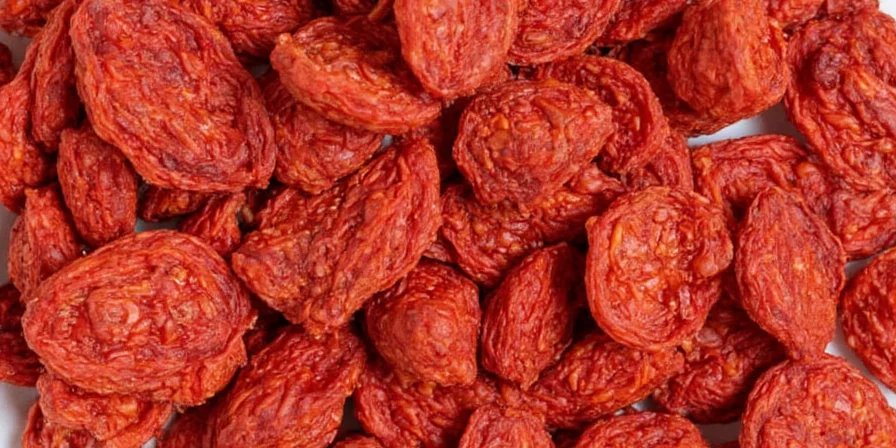
While often associated with Mediterranean cuisine, dried tomatoes have found their way into dishes around the world — especially when paired with the right amount of heat!
Why They’re More Than Just a Snack
You might think of dried tomatoes as just a tangy snack or salad topping, but they’re actually a versatile spice booster. When rehydrated or cooked, they release a deep umami flavor that pairs beautifully with hot spices like chili flakes, cayenne, and smoked paprika.
- Enhances sauces and stews
- Adds complexity to marinades
- Brings depth to roasted vegetables
The Difference Dehydration Makes
Let’s compare fresh vs. dried tomatoes in terms of flavor, shelf life, and usability:
| Feature | Fresh Tomatoes | Dried Tomatoes |
|---|---|---|
| Flavor Intensity | Mild and juicy | Intense, sweet-tangy |
| Shelf Life | 5–7 days refrigerated | 6–12 months sealed |
| Use in Cooking | Soups, salsas, salads | Pastas, pizzas, meat rubs |
| Spice Compatibility | Moderate | High |
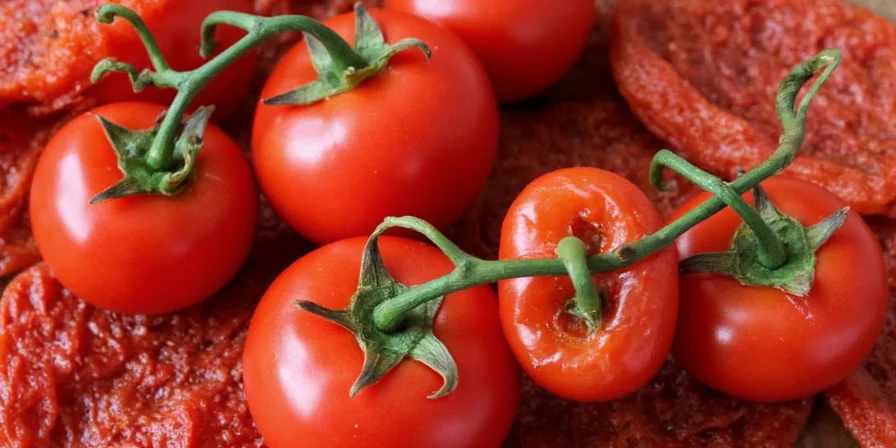
How to Choose the Best Dried Tomatoes
Not all dried tomatoes are created equal. Here's how to pick the ones that pack the most punch:
- Look for plumpness: Soft and slightly sticky means they still have some moisture and flavor left.
- Avoid hard, brittle pieces: These are usually over-dried and lack flavor.
- Check the color: Deep red is ideal. If they look brownish, they may be old or overly oxidized.
- Opt for oil-packed if you want intensity: These are great for instant use but can be overpowering unless balanced with herbs or citrus.
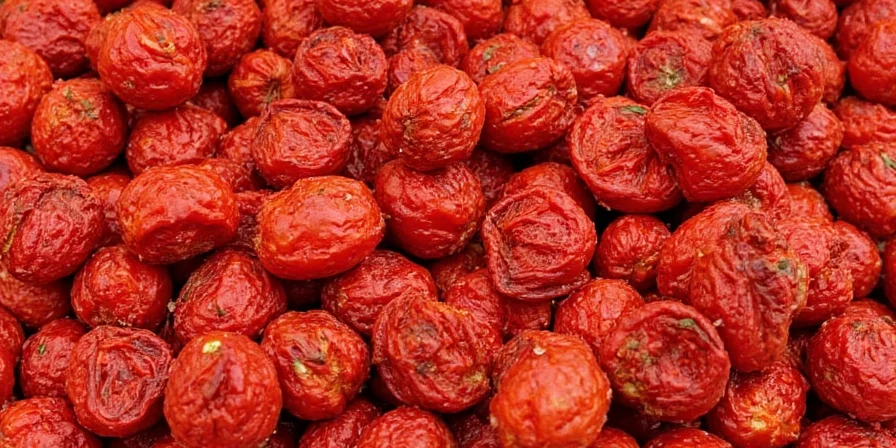
Spice It Up: Pairing Dried Tomatoes with Heat
Here's where things get interesting. Dried tomatoes and spices? A match made in heaven. Let’s break it down:
- Chili Flakes: Add a pinch when sautéing for pasta sauce.
- Cumin: Great in stews or with lamb.
- Smoked Paprika: Adds a smoky depth — perfect for tapenades or pizza toppings.
- Harissa: Mix into oil-packed tomatoes for a fiery dip.
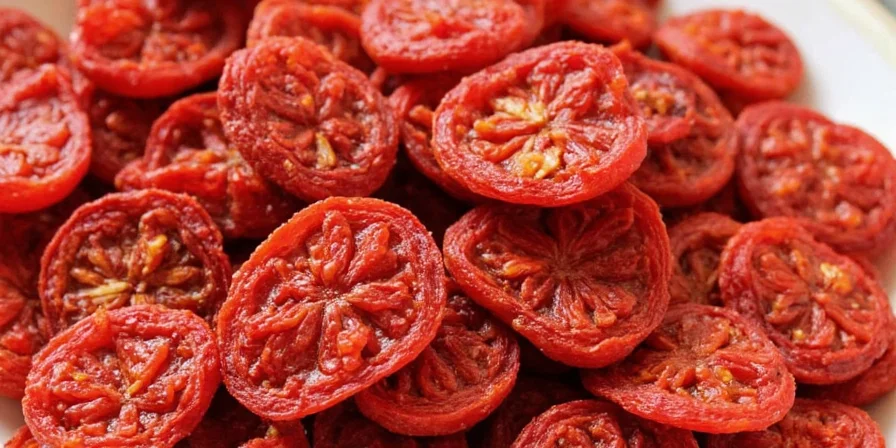
Pro Tip: The “Tomato Firestarter” Blend
Create your own spice blend with dried tomatoes:
- 2 tbsp finely chopped dried tomatoes (oil-packed)
- 1 tsp smoked paprika
- ½ tsp crushed red pepper
- 1 tsp olive oil
Use this mixture to rub on chicken before roasting, or stir into hummus for a bold twist.
Recipes You Won’t Regret Trying
Ready to put theory into practice? Here are three must-try recipes that combine dried tomatoes with a bit of fire:
1. Smoky Dried Tomato Pasta with Chili Oil
- Rehydrate ¼ cup dried tomatoes in warm water for 10 minutes.
- In a pan, sauté garlic and 1 tsp chili flakes in olive oil.
- Add the tomatoes, 1 tsp smoked paprika, and chopped fresh basil.
- Toss with spaghetti and finish with Parmesan.
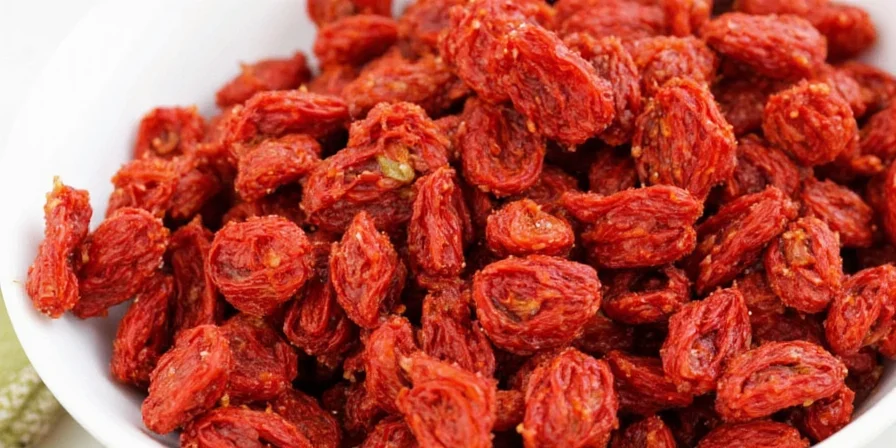
2. Harissa-Dried Tomato Flatbread
- Spread pita bread with a mix of harissa paste and chopped oil-packed tomatoes.
- Top with feta and olives.
- Bake until golden and bubbly.
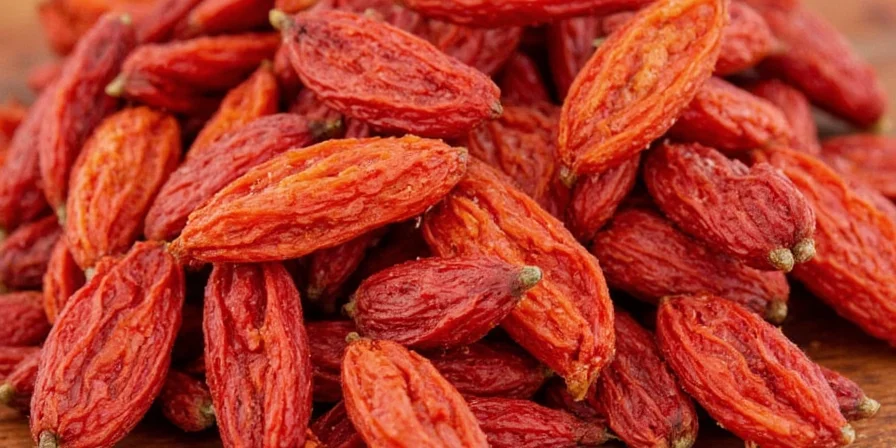
3. Dried Tomato & Cayenne Chicken Skillet
- Brown chicken thighs with cayenne powder.
- Add chopped dried tomatoes, onion, and garlic.
- Cook until tomatoes melt into a rich sauce.
- Season with salt, thyme, and a splash of balsamic vinegar.
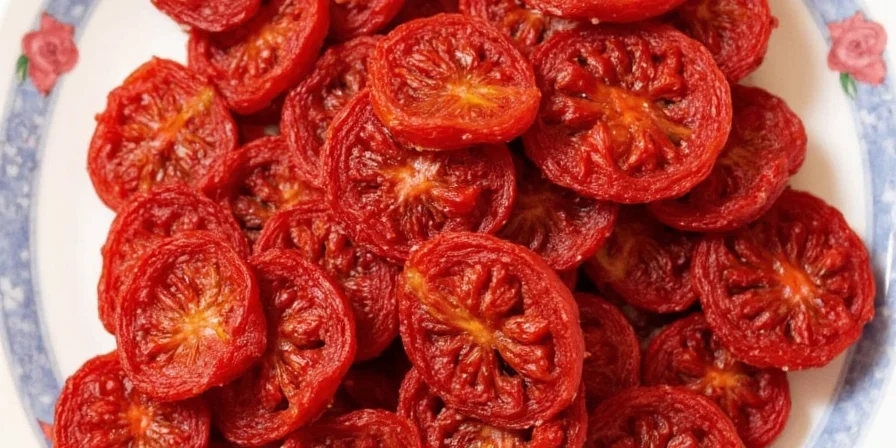
Storage Hacks: Keep Your Dried Tomatoes Fresh & Fiery
To keep your dried tomatoes tasting their best (and ready for spontaneous spicing), follow these tips:
- Store dry varieties in an airtight container away from light.
- Olive oil-packed tomatoes should stay submerged in oil. Top off with more oil if needed.
- Freeze them for long-term storage: Simply spread dry tomatoes on a tray and freeze before transferring to a ziplock bag.
- Infuse your oil: Add bay leaves, rosemary, or chili peppers to your oil-packed jar for extra flavor.
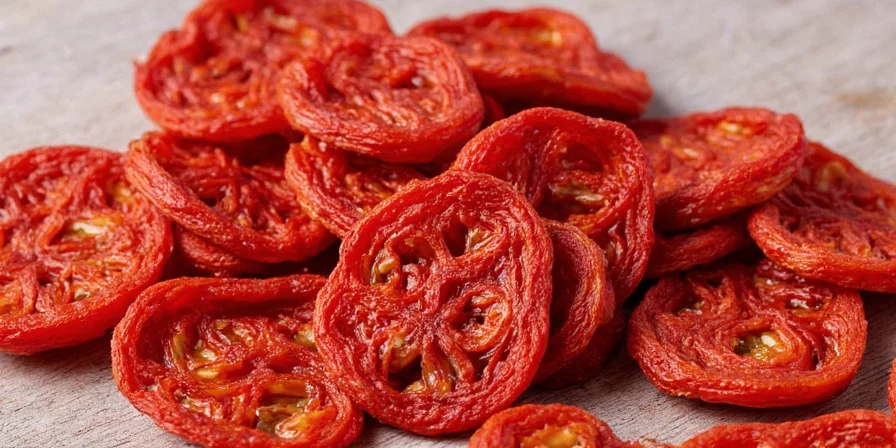
Fun Facts: Tomato Trivia That’ll Blow Your Mind
- The Aztecs were among the first to dry tomatoes for preservation — thousands of years ago!
- Drying tomatoes can increase their lycopene content by up to 50% — a powerful antioxidant!
- Some Italian towns celebrate festivals dedicated to sun-dried tomatoes — yes, really!
- In ancient times, tomatoes were considered poisonous because of their relation to nightshades — talk about a PR disaster!
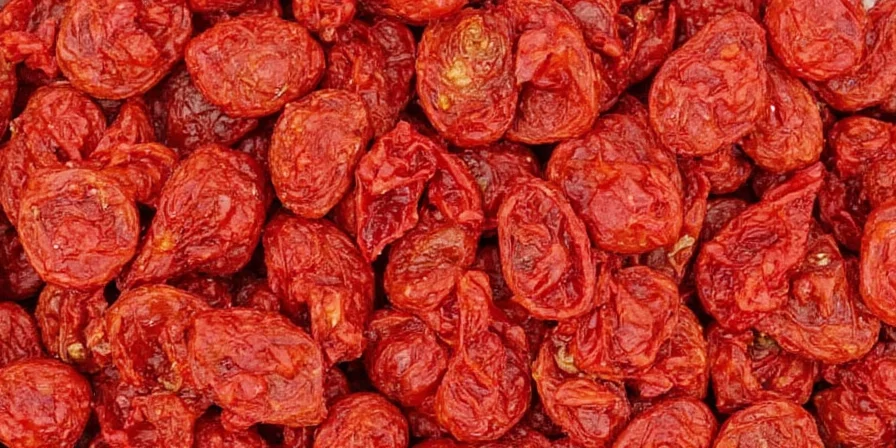
Conclusion
So there you have it — dried tomatoes are far from just a boring pantry leftover. With the right spices and preparation, they become a vibrant, flavorful, and surprisingly spicy staple. Whether you're tossing them into pasta, rubbing them onto meats, or stirring them into dips, remember: a little dried tomato goes a long way, especially when heat is involved.
Next time you reach for that bag of dried tomatoes, don’t just think “tangy.” Think “flavor bomb.” And if you’re feeling adventurous, throw in a dash of chili or a pinch of cumin — your taste buds will thank you.
Stay spicy, friends 🌶🍅

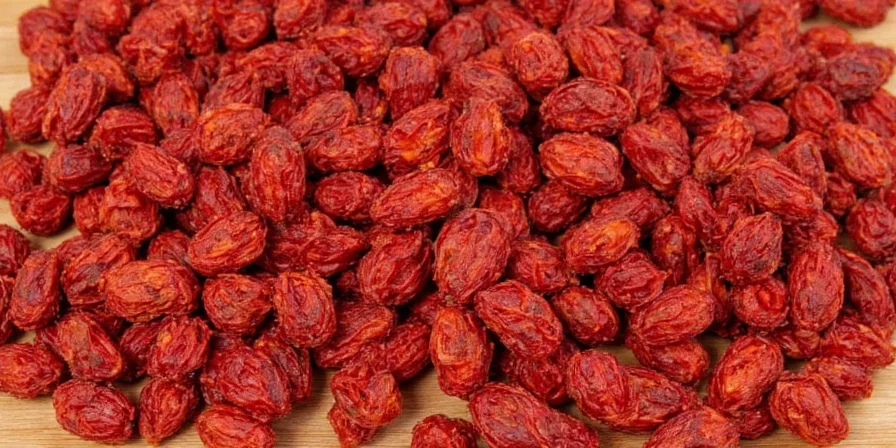









 浙公网安备
33010002000092号
浙公网安备
33010002000092号 浙B2-20120091-4
浙B2-20120091-4